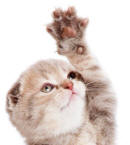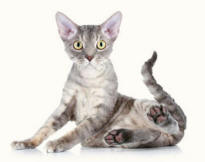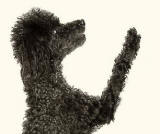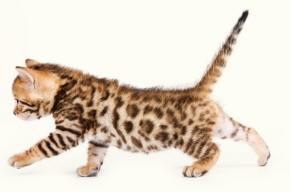Glossary

Gait
The pattern of movement of animals during (terrestrial) locomotion.
Gaits used by cats and dogs include the walk, the amble, the pace, the trot, the canter and the gallop.
Gaits used by cats and dogs include the walk, the amble, the pace, the trot, the canter and the gallop.
Limb
An appendage to the main body of an organism.
For example, an arm, leg, flipper or wing.

For example, an arm, leg, flipper or wing.

Forelimb
Either of the cranial (anterior or front) limbs.


Hind Limb
Either of the caudal (posterior or rear) limbs.


Contralateral
Relating to the opposite side of the body.
For example, diagonally contralateral limbs are limbs on diagonally opposite sides of the body.
For example, diagonally contralateral limbs are limbs on diagonally opposite sides of the body.
Ipsilateral
Relating to the same side of the body.
For example, ipsilateral limbs are limbs that are on the same side of the body.

For example, ipsilateral limbs are limbs that are on the same side of the body.

Title7
text
Title8
text
Title9
text
hover over shaded words to reveal more
Reach
1. Distance that a limb can be extended.
Reach of front is the distance that a forelimb can be extended in a stride.
2. Reach can also refer to the forward movement of forelimbs, in contrast with drive, which is the backward movement of the hind limbs.

Bengal Kitten





